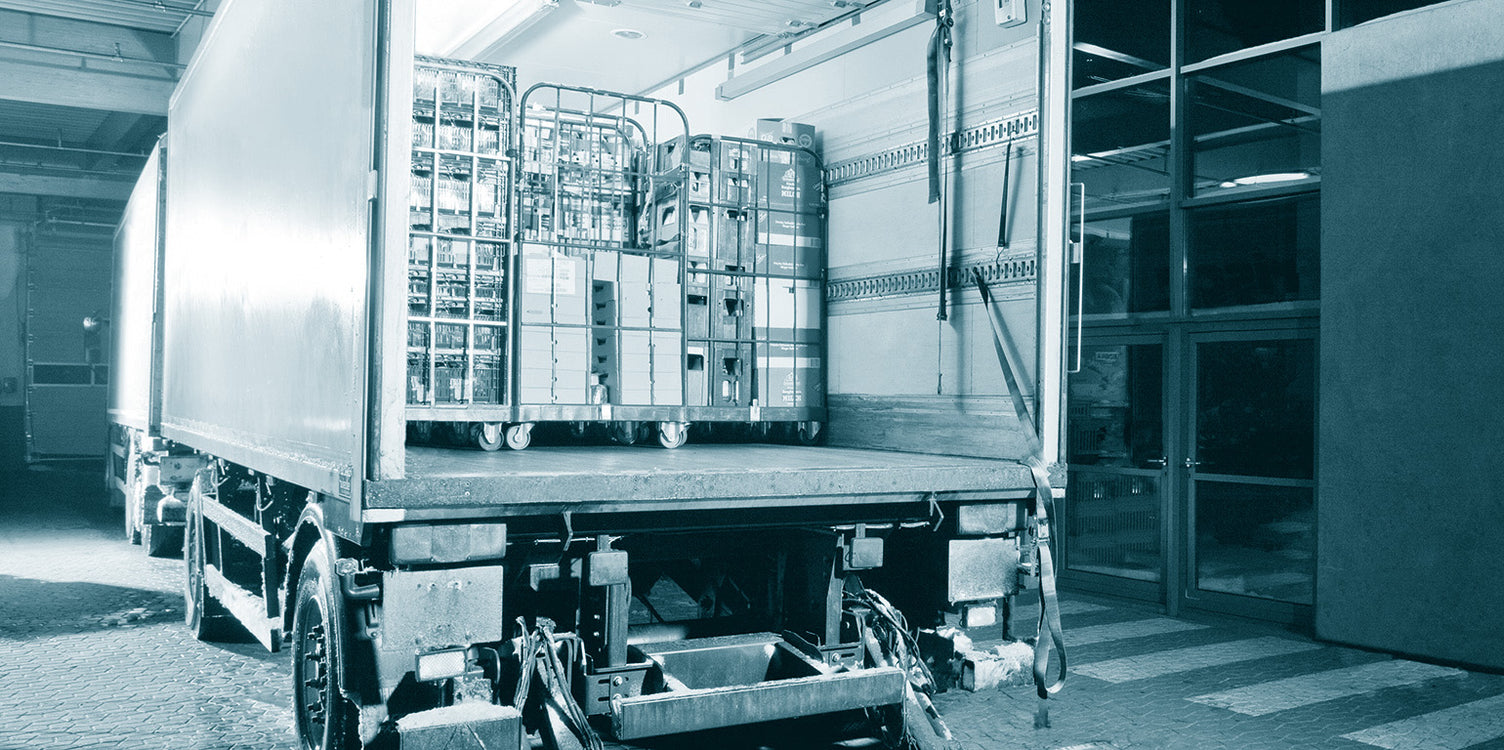
As the COVID-19 pandemic continues to play a huge role on the world stage, New Zealand has stood out amongst other countries for its use of lockdown and social distancing practises to minimalist the impact it has had on our country. This has severely restricted many common activities, from social gatherings to eating out.
With social distancing being the current norm, and due to its unavailability during NZ's initial lockdown, food delivery services have surged in popularity. Keeping temperature-sensitive ingredients and cooked food safe during the final stages of the supply chain has always been important, but as take-away food temporarily replaces people's ability to dine in, it is important that fulfilling the heightened demand does not come at the cost of compromising food safety. This includes temperature monitoring.
The effects of not monitoring temperature-sensitive food
Temperature monitoring food is vital for any business or delivery service that it is partnered with. This is equally important in all stages of the ordering process, whether the food is arriving at the restaurant, is being stored, or is being sent out for delivery. There are key considerations to make in regards to safe temperatures at each of these stages. By ensuring that these requirements are addressed, a business is able to greatly reduce the risk of compromised food spreading dangerous bacteria to customers. Furthermore, it protects the brand's reputation from any negative press that may occur if they are caught out neglecting food safety.
Receiving
It has been made clear by Food Standards Australia & New Zealand that all businesses are responsible for making sure that the food and ingredients received from suppliers are not in any way compromised. Even though many steps may need to be taken to address all food safety concerns, infrared and penetration thermometers are crucial solutions for ensuring that all food is outside of the danger zone of 5-60 degrees Celsius.
Storage and handling
Regular checks of cold storage areas or any other places where temperature-sensitive foods are kept should be common practise for well-informed restaurant operators. Likewise, keeping food in a safe range when it is moved into prep areas and brought into the cooking process. Testo has a range of food monitoring solutions for storerooms, as well as instruments that can be used to ensure a high degree of hygiene within kitchens themselves are maintained. These are all important parts of supporting food safety as products move towards delivery to customers.
Making its way to customers
While the most practical approach to food delivery may be the 2-hour/4-hour at danger zone temperatures, using thermometers can act as an additional line of defence in ensuring food safety for customers. By making sure that food is outside the danger zone when picked up for delivery can assist third-party drivers better understand delivery deadlines in relation to food safety and intern reduce the risk to customers.
Testo New Zealand is here to supply your business with a wide range of thermometers and temperature logging tools to ensure the safety of your customers and protect your businesses reputation. For more information about temperature monitoring solutions for your business, get in contact with our team today.
